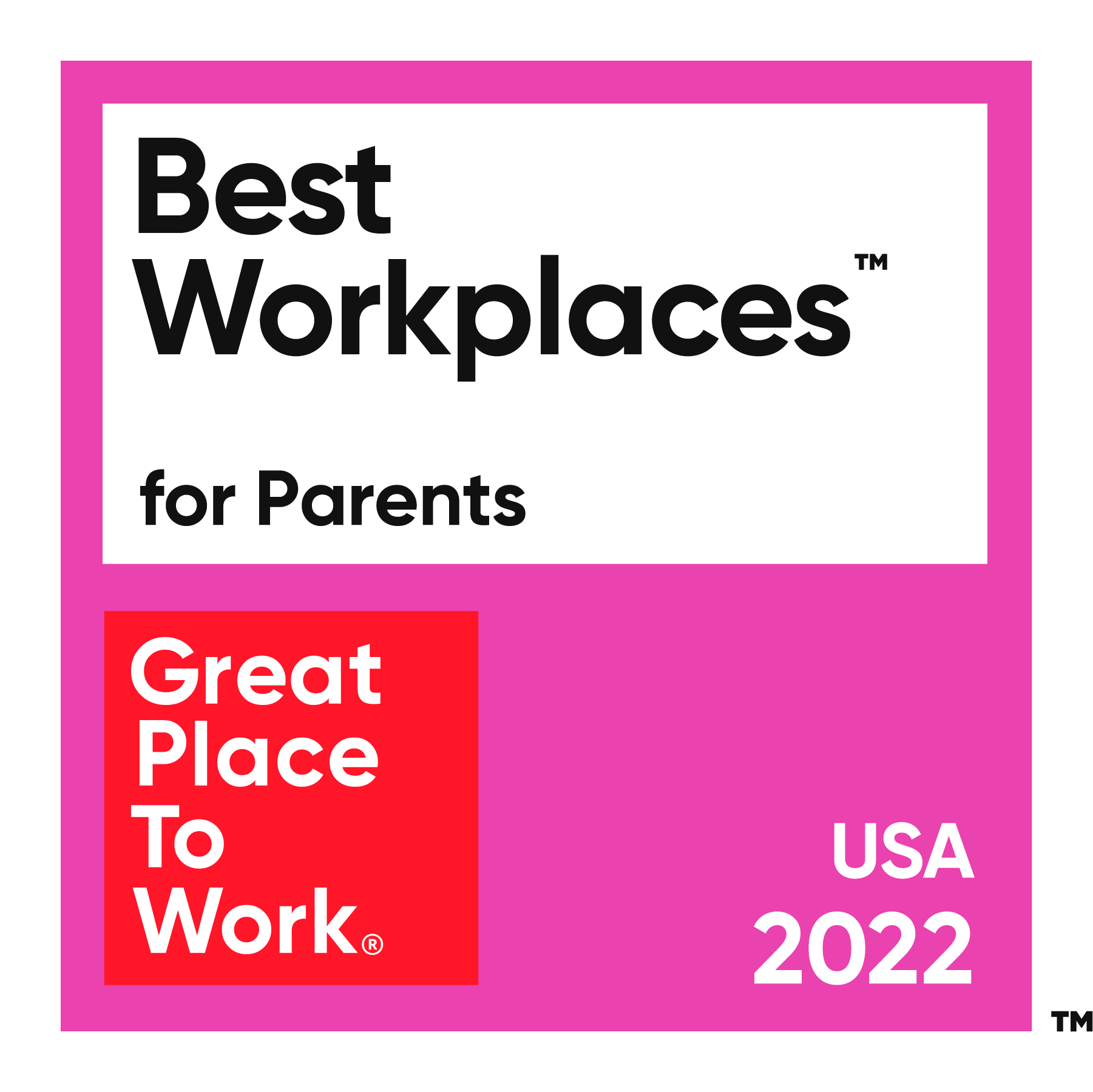
Best Workplaces for Parents™ 2022
علم البيانات وراء هذه القائمة من مكان رائع لWork®
أعرف أكثر
أعرف أكثر

الشركات الكبيرة
الشركات الصغيرة والمتوسطة





























٣٠. Place
Opendoor Technologies Inc.
- San Francisco, CA, US
- التعمير والبنية التحتية والعقارات | العقارات



٣٣. Place
Nationwide Mutual Insurance Company
- Columbus, OH, US
- التأمين والخدمات المالية
- الموظفين: 24,612













٥١. Place
The Progressive Corporation
- Mayfield Village, OH, US
- التأمين والخدمات المالية
- الموظفين: 51,431























































